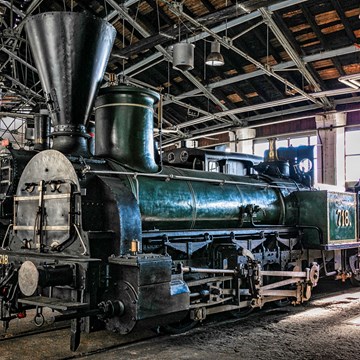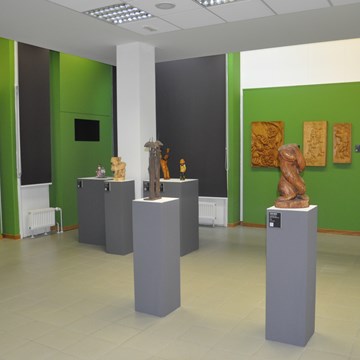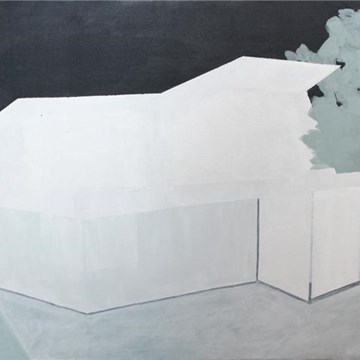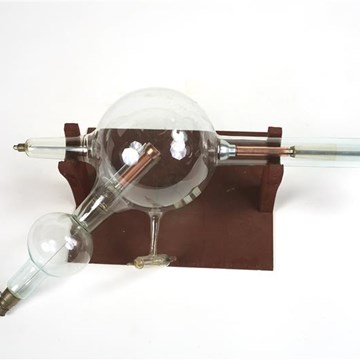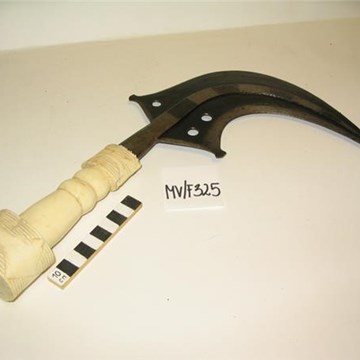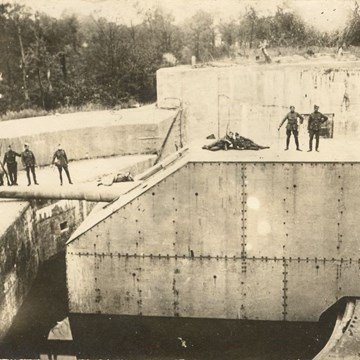Royal Belgian Institute for Natural Sciences - Museum of Natural Sciences
Institut royal des Sciences naturelles de Belgique - Muséum des Sciences naturelles
The Museum galleries only display a fraction of the wealth of our Institute: we have an estimated 37 million specimens in our vaults. That makes us one of the ten most important natural history collections in the world, as well as the largest in Europe after Paris and London. Treasures such as the Bernissart Iguanodons, the Spy Neanderthals, the Dautzenberg shell collection, the four fragments of moon rock, the thylacine, and Baron De Selys Longchamps’ insect collections are unique in the world.
These collections, which are the result of many decades of exploration and research, help us to better understand the history of life on Earth and biodiversity, and to come up with better ways of protecting the environment. Today, with the aid of modern technologies, scientists are making new discoveries about this natural heritage.
The collections can be roughly divided up into six categories: entomology, recent invertebrates, recent vertebrates, anthropology, palaeontology and geology. Click on the pictures below for a more detailed overview of the collection categories, the most exceptional specimens, the importance of collections for science and find out more about the people whose job it is to conserve these natural treasures.
Exhibitions and events
We don't have anything to show you here.
Educational programs
We don't have anything to show you here.
Collections
We don't have anything to show you here.







